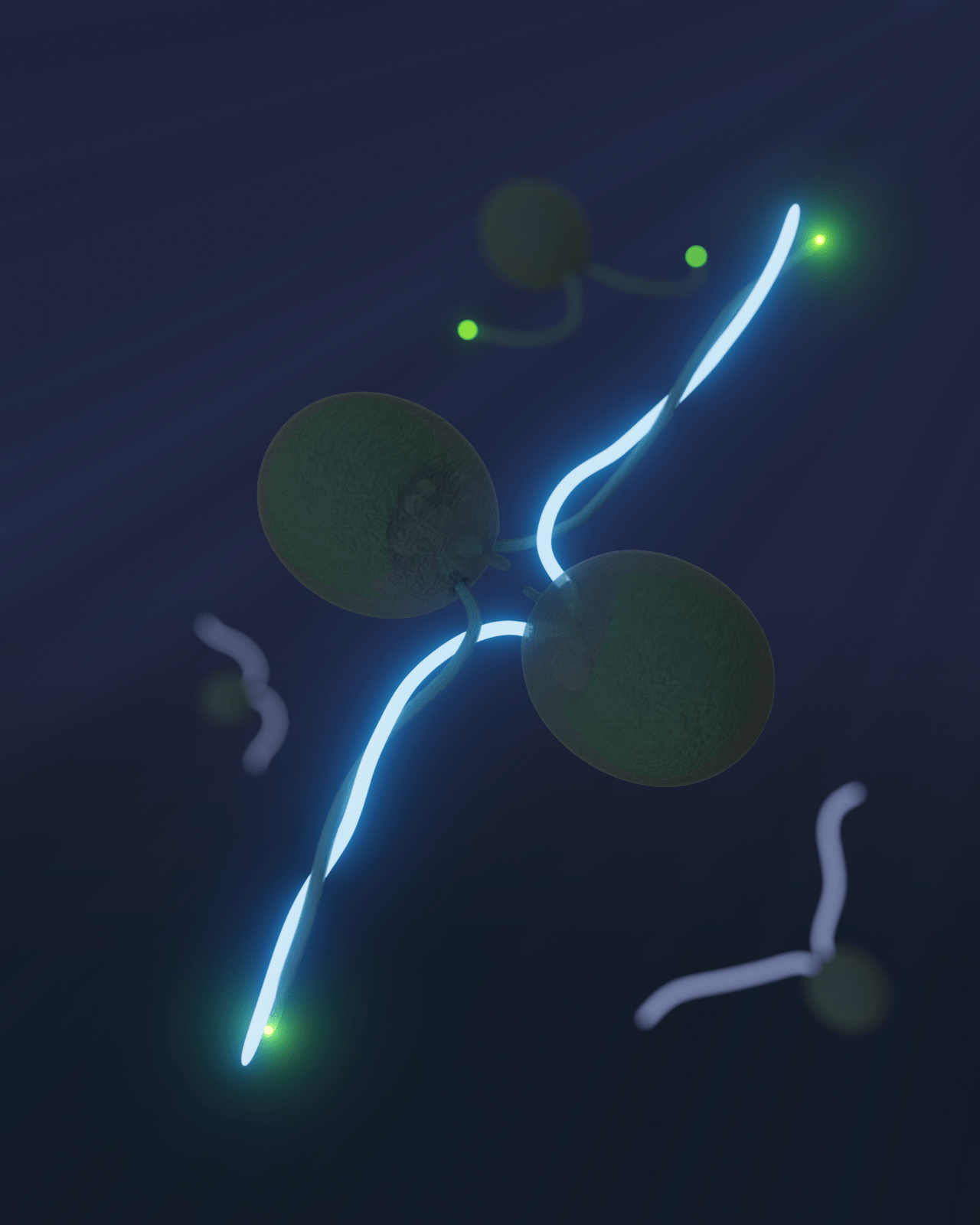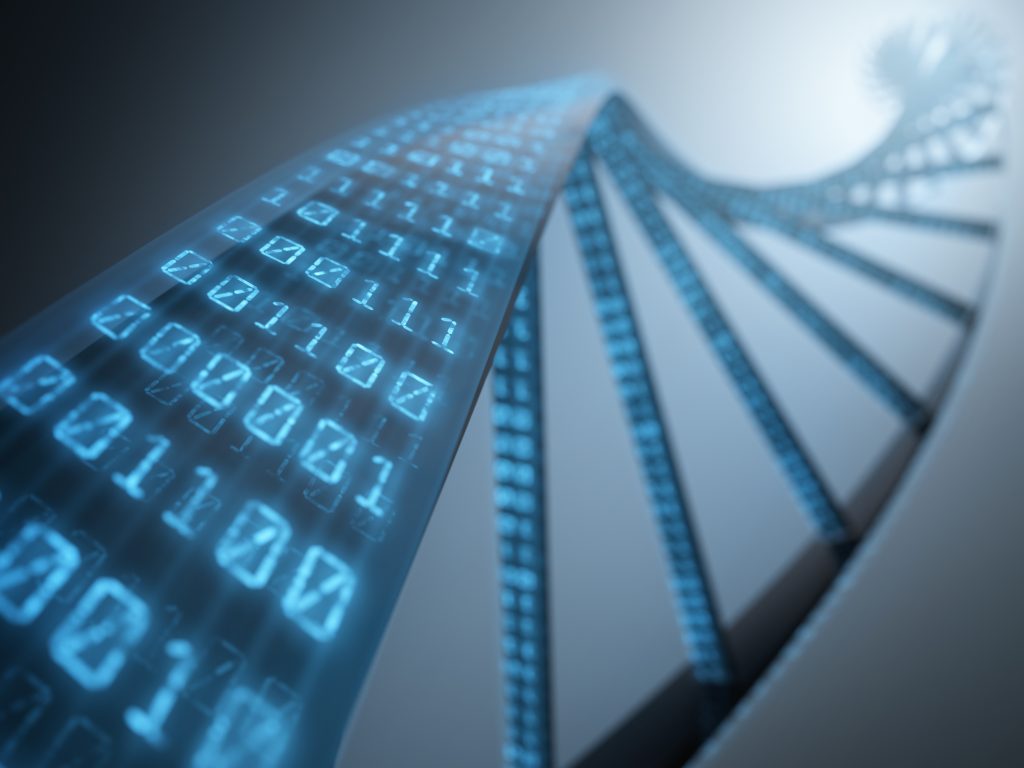Knocking-in Chlamydomonas reinhardtii genes with CRISPR/Cas

The Pigino Group presents a CRISPR/Cas-based protocol for the targeted insertion of exogenous genes in the unicellular green alga Chlamydomonas that is amenable to rapid high-throughput screening of mutant cells.
Chlamydomonas reinhardtii is a widely used simple model organism: in its vegetative state, the alga is haploid (i.e., it harbours a single set of chromosomes) thereby being a valuable model for functional genetics studies.
The CRISPR/Cas system is a tool for editing the genome of living organisms and has been successfully used to functionally inactivate genes in many species, including Chlamydomonas. Loss of function of a given gene in Chlamydomonas can be rescued by introducing an exogenous functional copy of such gene, which can be fused with a tag for further biochemical and/or imaging studies. Chlamydomonas can only randomly incorporate exogenous DNA into its genome via non-homologous end joining (NHEJ). However, the insertion of large stretches of exogenous DNA is a rare event and can disrupt the Chlamydomonas genome at unknown sites. In addition, NHEJ recombination does not guarantee the proper orientation of the insert.
Adrian Nievergelt and Gaia Pigino from the Human Technopole Structural Biology Research Centre devised a method for scarless knock-in mutagenesis in Chlamydomonas. The protocol is based on homology-directed repair (HDR) and the CRISPR/Cas system, which facilitate the correct orientation and precise insertion of the exogenous DNA fragment into the Chlamydomonas genome. The researchers constructed a series of vectors to obtain purified exogenous DNA cassettes for positive selection flanked by homologous sequences to be electroporated along with Cas ribonucleoproteins into Chlamydomonas. Knock-in cells could easily be selected by using antibiotics followed by Fluorescence Activated Cell Sorting (FACS) of the mutant cells and ensuing high-throughput screening by quantitative PCR. The method is now published in Cell Reports Methods.
In summary, Nievergelt and Pigino show that their method may be successfully used to produce knock-in cell lines in a few weeks. Such an approach will find wide use in various Chlamydomonas labs that use these cells to study different aspects of biology, from cilia and ciliopathies to cell division and photosynthesis.




